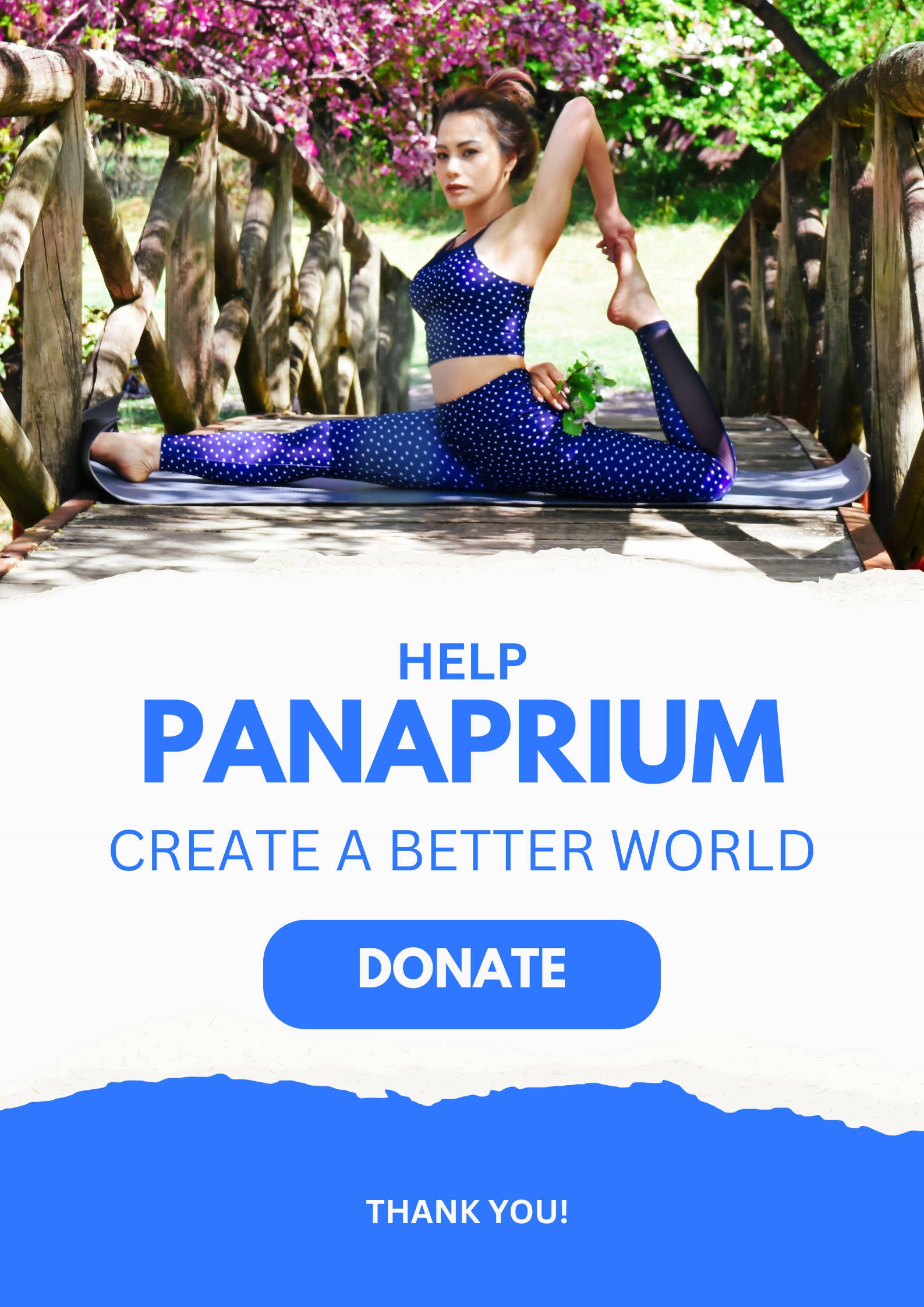
Fast fashion allows consumers to purchase new, cheap, and fashionable clothes in high-street stores every week. This business model has been growing rapidly over the past 20 years. It answers consumers' rising demand for trendy and affordable clothes.
Fast fashion has a huge economic impact. It's responsible for the recent growth (on average 4.78%) and future growth (5.91% in the next three years) of the apparel industry.
A world without any textiles is very difficult to imagine nowadays. The clothing and footwear industry plays a huge role in the global economy.
It employs 300 million people around the world, many of them in the poorest countries. Most of the time, fast fashion production takes place in overseas countries, where labor is shockingly cheap.
This phenomenon is the largest contributor to growth in the fashion industry. But its drawbacks are becoming clearer by the day. It's extremely costly to human health, animals, and the planet.
For more information on the negative impact of fast fashion, read up my article on the problem with fast fashion.
Panaprium is independent and reader supported. If you buy something through our link, we may earn a commission. If you can, please support us on a monthly basis. It takes less than a minute to set up, and you will be making a big impact every single month. Thank you!
The economic growth of fast fashion
Fast fashion has gained enormous popularity in the last 20 years. It has changed the way people consume clothes. We buy more clothes now than ever before from fast fashion brands and retailers such as H&M, Zara, Forever 21, and others.
Oftentimes, clothes will only be worn a few times before being thrown away and replaced with the latest trends.
Shopping for clothing isn't an occasional event anymore. For some, it happens daily as an entertaining activity.
Fast fashion is a worldwide phenomenon and inspired by the term fast food. Brands and retailers use all possible means to acquire more customers and make more profits.
The traditional 2 to 4 seasons each year for new collections is no more. 52 seasons replace them each year.
New products are designed, manufactured, and pushed to the high-street stores quickly as a fast response to consumer demand. This makes clothing disposable with a short lifespan.
Fast fashion created an impulsive shopping culture and consumers asking for low-cost apparel. The demand for designer goods and fashionable products available for less money is rising.
Unfortunately, consumers have very low awareness of the impact of their purchases on the clothing industry, the economy and the environment.

The impact of fast fashion on the economy
The apparel industry has been growing at a 4,78% yearly rate since 2011. It is expected to grow by 5,91% during the next three years, as reported by Ganit Singh (2017).
In 2011, the global fashion industry size was USD 1,051.66 billion. By 2020, the market should reach USD 1,652.73 billion.
Consumers are willing to spend more money a year to buy more clothing. The clothing category with the highest growth is sportswear. Sales of sportswear have been growing at an 8% yearly rate, reported by McKinsey And Company (2017).
In the United-States, 88% of consumers prefer shopping for fast fashion, followed by consumers in Europe (46%), India (25%) and China (21%).
The most popular fast-fashion retailers in the world are Uniqlo (21%), H&M (18%) and Zara (18%). Fast fashion brands can push new collections to high-street stores in a very short time. This is a major factor in their success.
If you ever went into a clothing chain to purchase some cheap clothes, you participated in the giant fast fashion industry. Americans buy five times more clothing now than they did in 1980.
In the past, consumers used to take for their wardrobe a lot more. Adding to it sparingly and treating each piece of clothing as an investment.
Fast fashion is growing with e-commerce
It is now easier to make new clothing purchase with the rise of e-commerce. Fast fashion and e-commerce are driving massive economic growth.
The e-commerce revenue in the fashion industry worldwide was USD 481 billion in 2018, as reported by A. Orendorff (2018). It is expected to reach USD 713 billion in 2022.
The average annual growth is likely to be 10.36%. Many fashion brands and retailers are exploring the option to deliver their clothes by e-commerce to countries where they don't have any physical stores.
Fast fashion is affecting the whole planet
Large amounts of resources are being extracted and clothes sent to landfills due to fast fashion. And more than USD 500 billion is lost each year due to a lack of reuse and recycling, as reported by the Ellen MacArthur Foundation (2017).
Clothing production has approximately doubled in the last 15 years mainly due to fast fashion growing in popularity. Yet less than 1% of the material used to make clothes is recycled into new clothing.
Clothing demand is still growing rapidly, especially in emerging markets such as Asia and Africa. Clothing sales are expected to reach 160 million tonnes in 2050 which is more than three times what it is today.
"My grandmother has only one shirt in her wardrobe. My mother has three. My daughter’s generation, 50. And 48% of them, she never wears."
- Jack Ma, Alibaba founder
Fast fashion brands and retailers are pushing for lower production costs to increase their profit margins and meet customer demand. Meanwhile, manufacturers keep wages low and working conditions unsafe.
This led to the deadliest clothing manufacturing accident in history. In 2013, the eight-story commercial building called Rana Plaza collapsed. It killed 1,134 garment factory workers and injured around 2,500 people.
I encourage you to quit buying fast fashion altogether. If you are not convinced, read up our case for why you quit fast fashion.

The future of fast fashion and the economy
Fast fashion and excessive consumption lead to a catastrophic impact on the environment. CO2 emissions are expected to rise by 77%, and water consumption by 20% from 2015 to 2025, as reported by McKinsey (2016).
Fast fashion isn't ethical or sustainable. Change needs to happen quickly in the whole fashion industry.
A new textile economy has to emerge based on the principles of a circular economy. The traditional model of take-make-waste needs to change into a more regenerative and circular one.
We will need to deploy new technologies and innovation in business models, manufacturing, supply chain, and waste management to create a new textile economy capable of delivering greater economic, societal and environmental value.
To meet clothing demand in a sustainable way, fashion brands and retailers will have to invent, design, and test new ways to produce and sell clothes.
The radical transformation of the apparel industry is only beginning and needs to happen faster, considering the impact on the economy, society, and the environment.

Expert opinion on the new textile economy
Here is what the experts have to say about a new circular textile economy:
“Each year more than 18,000 tons of textiles find their way into the City of Phoenix waste and recycling streams. Our city is working on creative solutions to redirect textiles from the waste stream and back into the circular economy as a valuable resource, to ultimately stimulate the local economy.”
- Greg Stanton, City of Phoenix Mayor
“I believe the circular economy provides unprecedented business opportunities for the fashion sector."
- Eva Kruse , Global fashion Angenda CEO
“The circular economy provides an unprecedented opportunity to build
restorative and fair approaches in the apparel industry."
- Jeffrey Hogue, C&A Chief Sustainability Officer
“It is obvious that the current fashion system is failing both the environment and us."
- Ida Auken, Denmark Member of Parliament
“Understanding the true impact of the fashion industry requires an in-depth review of the value-chain. Fibres are the first building block of this chain and a core element that needs to be understood to support the efforts on sustainable solutions for the industry.”
- Burak Cakmak, Parsons School of Design Dean
Do you think fast fashion has a future in the sustainable fashion industry?
Was this article helpful to you? Please tell us what you liked or didn't like in the comments below.
About the Author: Alex Assoune
What We're Up Against
Multinational corporations overproducing cheap products in the poorest countries.
Huge factories with sweatshop-like conditions underpaying workers.
Media conglomerates promoting unethical, unsustainable products.
Bad actors encouraging overconsumption through oblivious behavior.
- - - -
Thankfully, we've got our supporters, including you.
Panaprium is funded by readers like you who want to join us in our mission to make the world entirely sustainable.
If you can, please support us on a monthly basis. It takes less than a minute to set up, and you will be making a big impact every single month. Thank you.































0 comments